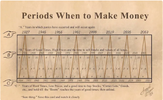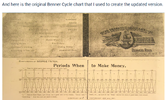Dona Ferentes
Pengurus pengatur
- Joined
- 11 January 2016
- Posts
- 16,800
- Reactions
- 22,924
but that was Sept. Late Nov, the boring fund added to 2 LICs. And the last few days, rats n mice are being driven from the property.luckily, extra-bourse activities have seen me sit, and sit, and wait and watch, of late. At least the accumulating dosh, with dividend flows adding to the balance, is earning some interest. Am finding little that may not be cheaper soon.
For many, the higher for longer rates reality hasn't really sunk in, nor froth associated with ideas that may not execute to implementing.
A side hustle is occupying my time, and the weather's nice.


